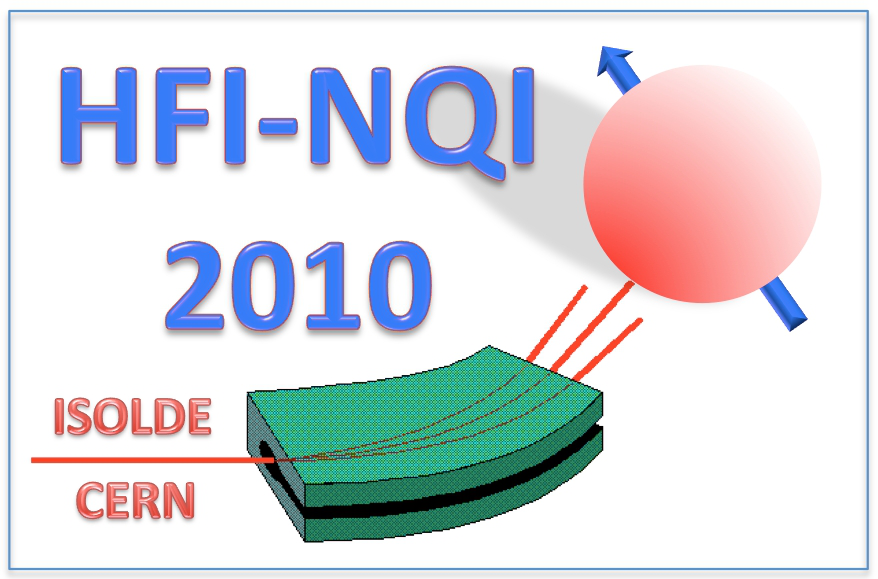Speaker
Dr
Jakub Cieslak
(AGH)
Description
Mössbauer spectra of a series of a σ-phase Fe-V and Fe53.8Cr46.2 alloys in the paramagnetic state were analysed using electronic structure calculations by the KKR technique as shown in details in [1]. A wide spectrum of various nearest neighbour atomic configurations, within the complex thirty atom tetragonal unit cell with five sublattices, was taken into account in order to obtain isomer shift parameters for the five lattice sites. Quadrupole splitting values were estimated on the basis of an extended point charge model. The predicted values (IS, ΔIS and QS) combined with the measured probabilities of Fe occupancy allowed to successfully fit the Mössbauer spectra, using only five adjustable parameters [2]. The resulting average IS-values for the Fe-V σ-phase subspectra are found to be more negative then the corresponding ones of the Fe-Cr system. The QS-values for the latter are similiar to the former system, except two values, were they are significantly smaller. The overall shape of the Mössbauer spectrum is also influenced by the different Fe occupation parameters and, consequently, relative subspectra intensities.
The spin-polarized charge self-consistent KKR method was applied to the σ-Fe53.8Cr46.2 and the results obtained have been applied to analyze the magnetic structure of the sample at 0K. They enabled determination of Fe and Cr atoms magnetic moments for all five sublattices, which were found oriented opposite. Also the magnetic structure of the unit cell has been revealed and will be discussed. The calculated average magnetic moment per unit cell is equal to 15.6mB, and that per atom to 0.52mB. Corresponding experimental values determined from magnetization measurements are 4.3mB and 0.14mB i.e. smaller by a factor of 4 [3]. For that reason and because of symmetry analysis predictions, the antiferromagnetic-like ordering was proposed and analysed. The discrepancy between the calculated and the measured values has been significantly reduced - the calculated average magnetic moment per unit cell decreased to 6.0mB, and that per atom to 0.20mB, which is comparable to the measured values.
References
[1] A. Bansil, S. Kaprzyk, P.E. Mijnarends and J. Tobola, Phys. Rev. B, 60 13396 (1999)
[2] J. Cieslak, J. Tobola, S.M. Dubiel, S. Kaprzyk, W. Steiner and M. Reissner, J. Phys.: Condens. Matter 20 235234 (2008)
[3] J. Cieslak, M. Reisner, W. Steiner and S. M. Dubiel, Phys. Stat. Sol. (a) , 205 1794 (2008)
Author
Dr
Jakub Cieslak
(AGH)
Co-authors
Dr
Janusz Tobola
(AGH)
Prof.
Stanislaw M. Dubiel
(AGH)
